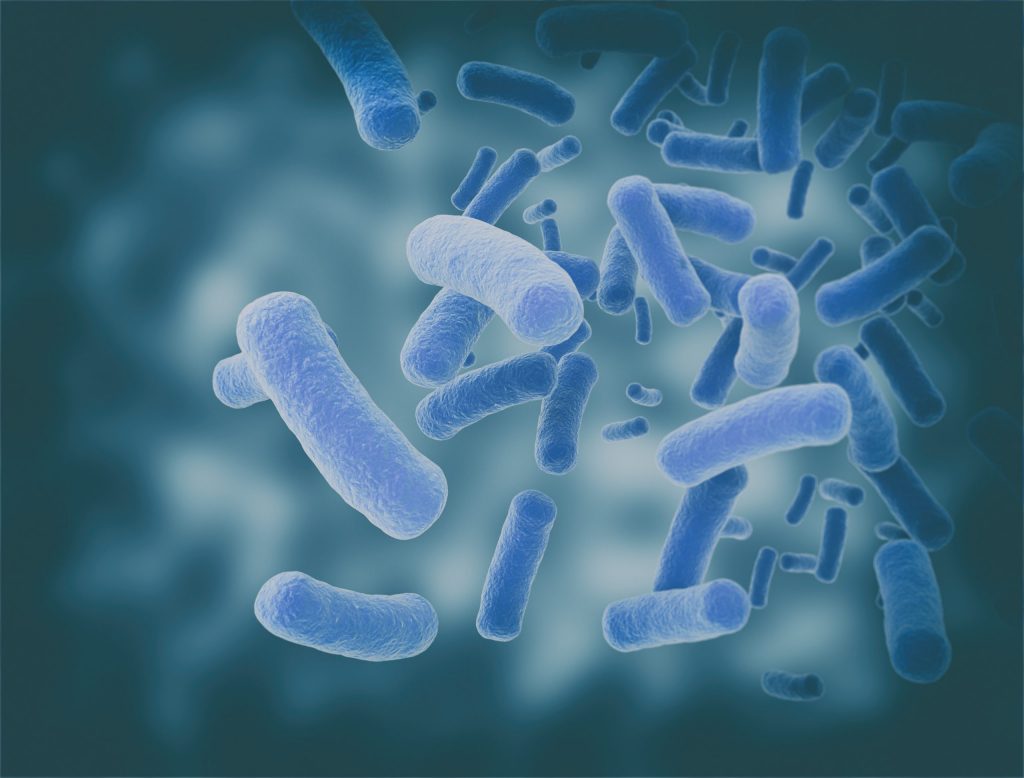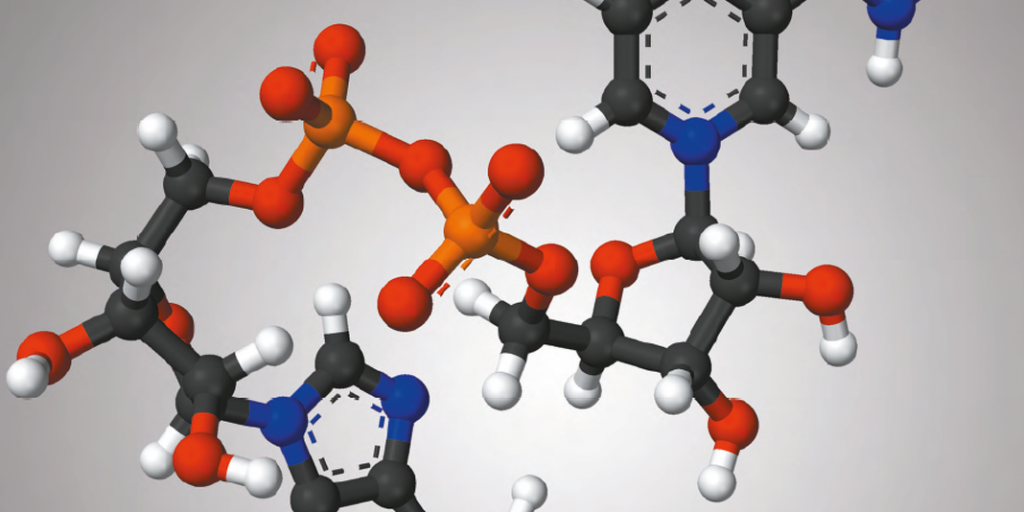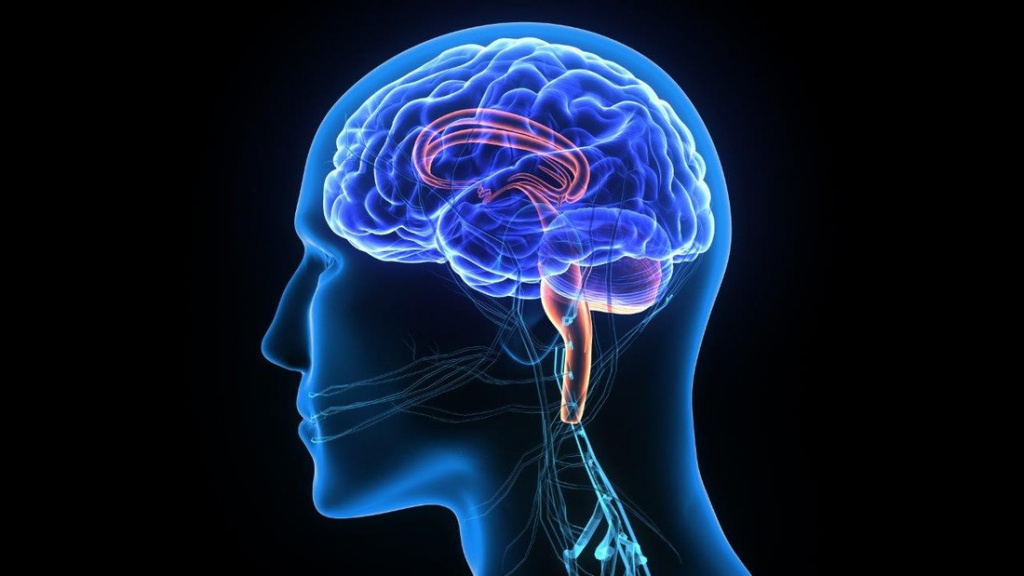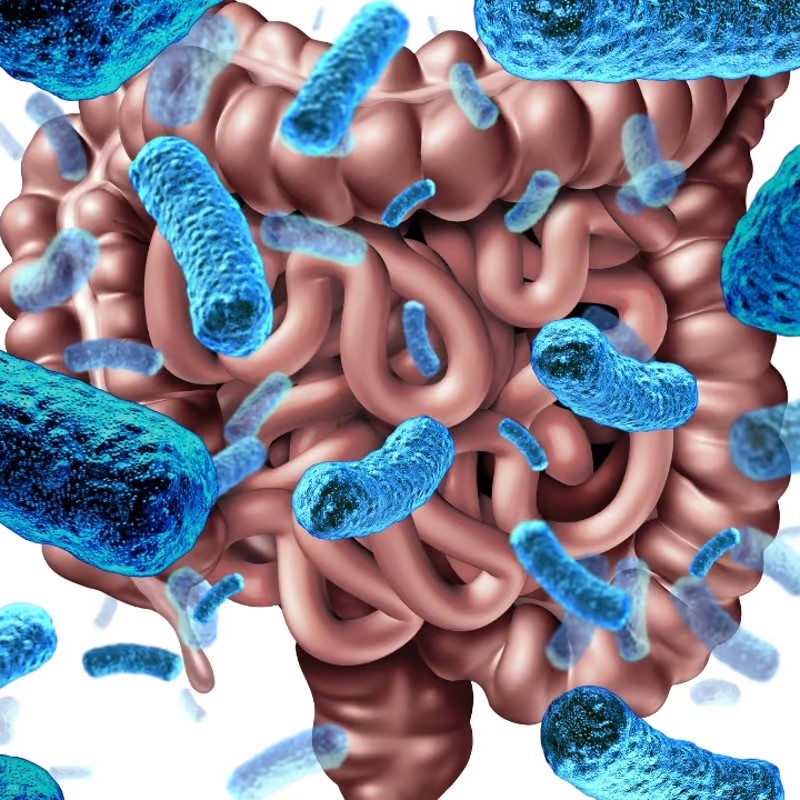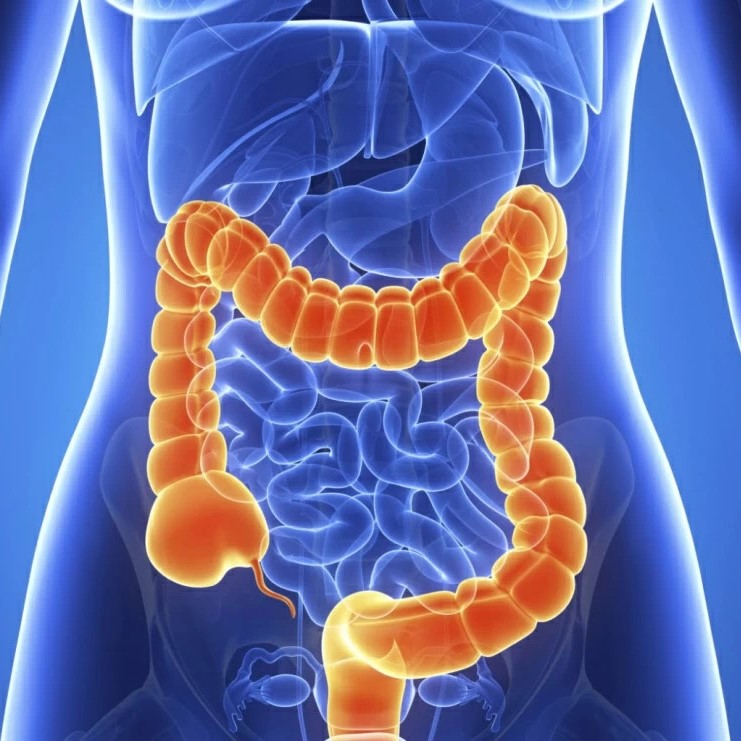Morphological Regeneration of Skin Tissues through the Use of Cytoplasmic Substances – Cell Supporting Molecules (C.S.M.)
Morphological Regeneration of Skin Tissues through the Use of Cytoplasmic Substances – Cell Supporting Molecules (C.S.M.) History of the Method – This method was first applied in Russia. Ophthalmologist Vladimir Petrovich Filatov (1875—1956) was the first to use cells for the restoration of chronically ill patients. – In the 1930s, Swiss professor …


